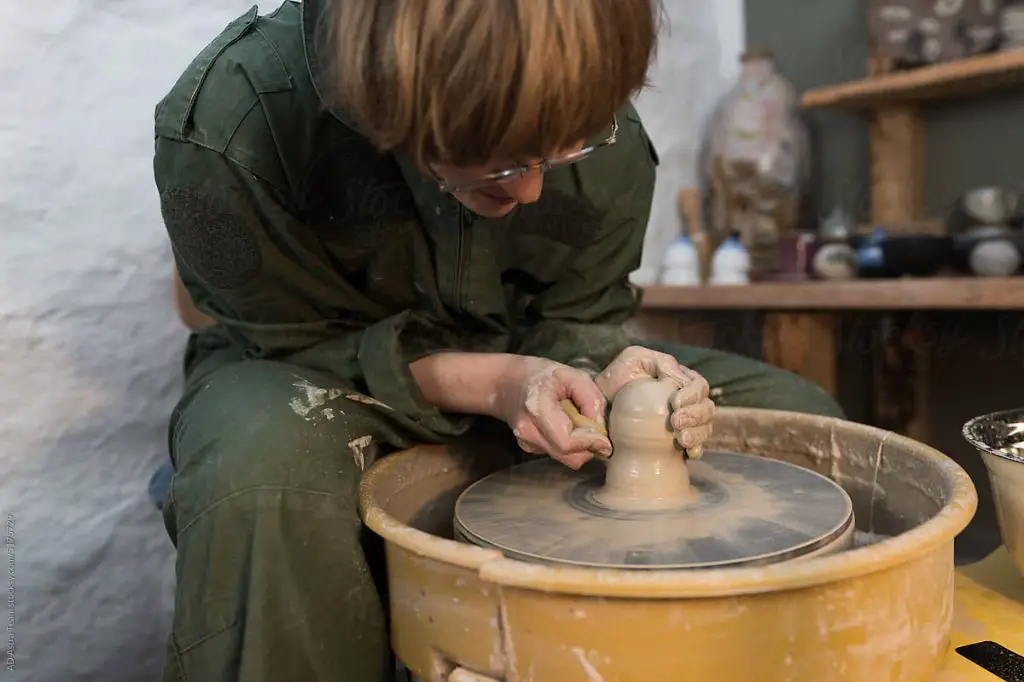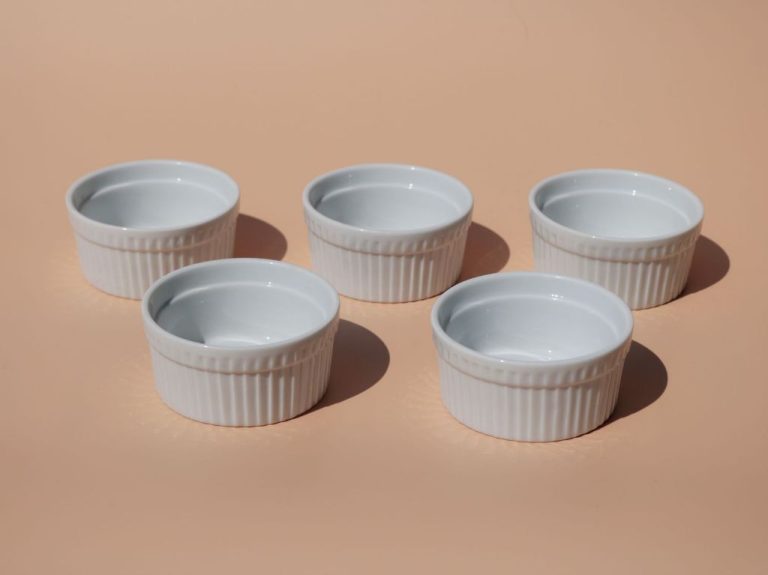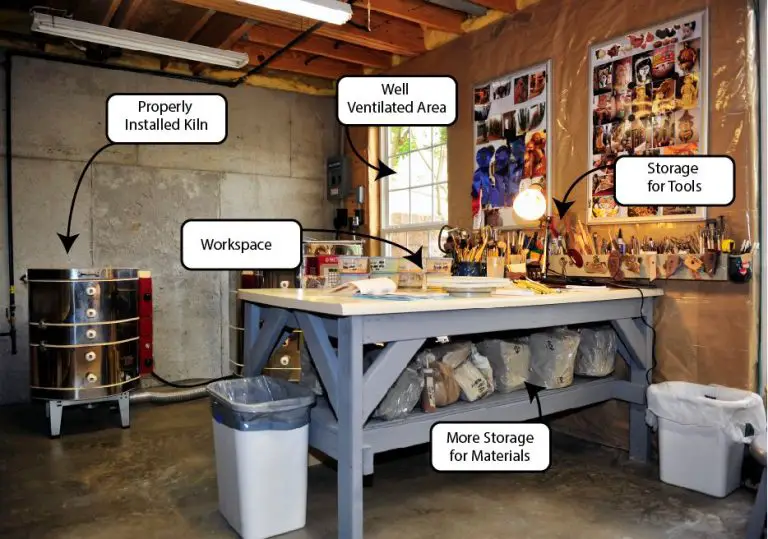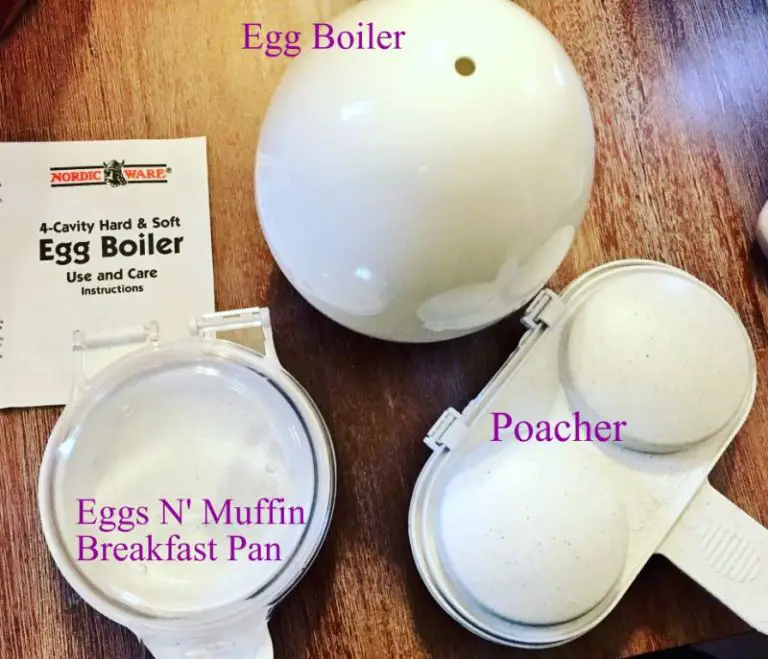Is Wheel Throwing Difficult?
What Is Wheel Throwing?
Wheel throwing is a method of shaping clay into vessels and sculptures using a pottery wheel. It involves sitting at a spinning wheel and using your hands and tools to manipulate the clay as it turns. Wheel throwing has origins dating back thousands of years to ancient civilizations in many parts of the world.
The earliest known examples of wheel thrown ceramics come from Mesopotamia, around 3500-3000 BCE. As the pottery wheel technology spread, distinctive regional styles of wheel thrown pottery developed around the world. While methods have evolved over time, wheel throwing remains a popular means of working with clay today.
Wheel throwing requires an understanding of the plasticity of clay as well as centrifugal force. As the wheel spins, the clay can be shaped by pushing against the forces acting on it. With practice and technique, skilled ceramic artists can create intricate and delicate pieces using this dynamic process. [1]
Learning Curve for Beginners
Wheel throwing can be quite challenging when you first start out. Making pots on a spinning wheel requires a specific set of hand-eye coordination skills that take time to develop. You’ll need patience and persistence to push through the initial learning curve.
One of the most frustrating aspects for beginners is getting the clay centered properly on the wheel head. Centering involves molding a ball of clay and applying pressure with your hands and wrists to form it into a symmetrical cone shape in the middle of the spinning wheel. This takes practice to master the right touch and rhythm.
Creating an even wall thickness when opening up the clay is another hurdle when starting out. Your hands need to learn how to apply just the right amount of pressure as you shape the rotating clay. Pots often turn out lopsided, too thick, or collapsing when you’re still honing these skills.
It can take 20-30 hours of practice just to be able to center clay and throw a basic cylinder shape. From there it takes ongoing practice to refine skills and achieve more complex shapes with lidded forms, handles, spouts, etc. Consistency is also a challenge – one day a technique may work, another day it falls apart. Having patience for the ups and downs is key.
While wheel throwing has a steep learning curve, the payoff of acquiring a new skill set can make the journey very rewarding. Taking a class, getting expert guidance, and having patience with yourself as you progress will help overcome the initial hurdles.
Developing Basic Skills
The basic skills needed for wheel throwing include centering the clay on the wheel, opening up the clay into a cylinder, pulling up the walls, and shaping a basic form. Mastering centering is essential, as it sets the foundation for everything else in wheel throwing. As the Video Classes – Basic Wheel Throwing notes, centering involves getting the clay firmly secured and centered on the spinning wheel head. This allows you to open up the centered clay into a cylinder by pressing a thumb into the center and widening the clay outwards.

Once the clay cylinder is formed, the next step is pulling up the walls to your desired height by placing fingers on the inside and outside of the cylinder and gently pulling up and outward. As you pull up the walls, you can begin shaping the basic form by collapsing and shaping the walls into curves. The Improve Your Wheel-throwing Skills course covers how to refine these fundamental skills of centering, opening, pulling, and shaping to throw consistent forms. Consistent practice of the basics allows you to move on to crafting more advanced pieces on the wheel.
Achieving Consistency
One of the biggest challenges beginners face with wheel throwing is achieving consistent results early on. It’s common to feel frustrated by the inability to recreate a certain shape or technique you managed to pull off once before. This is because throwing takes time to develop the necessary muscle memory and hand-eye coordination.
Experienced potters report it took at least a few months of regular practice to attain basic consistency in shapes and techniques. Consistency requires not just conceptual knowledge, but kinesthetic learning through physical repetition and muscle development. As one potter relates, “It took me about 6 months before I could throw a cylinder without it looking like I was drunk.” (Source)
The key is to stick with it through the inconsistent early phase. Throwing daily or several times a week leads to faster improvement. Over time, the motions become instinctual rather than conscious efforts. With months of practice, your hands gain the muscle memory to center clay, raise walls, shape curves, and trim bases without overthinking each step. This leads to the consistency that allows true creativity and artistry to emerge.
Mastering Advanced Techniques
As you become more skilled at wheel throwing, you can advance to more complex techniques like trimming, attaching spouts and handles, and making sets or multiple pieces that fit together. Trimming involves using special tools to refine the shape and surface of pieces after they have been thrown and partially dried. It allows for greater precision and consistency. Attaching separate decorative elements like spouts, handles and feet requires scoring and slipping clay surfaces together and blending seamlessly. Making sets like cups, bowls, and plates requires each piece to have the same proportions and shapes to fit together.
Throwing thin-walled pieces and complex shapes like teapots and vases is also an advanced skill, as it requires excellent clay centering ability and a delicate touch. The clay must be plastic enough to stretch thinly without tearing. Master throwers ultimately gain the ability to create a huge variety of intricate and artistic forms. As your skills progress, you can challenge yourself creatively and functionally while continuing to refine your technique.
Creativity and Artistry
While a basic mastery of wheel throwing techniques is important, the true joy comes from unleashing one’s creativity and developing a unique artistic style. Wheel throwing opens up endless possibilities for creative expression. According to JCC Denver, classes allow students to “explore creativity in wheel throwing” and experience the medium as “creative minds”.
Once proficient at throwing standard vessels, many potters start pushing boundaries and making more sculptural, asymmetric, or conceptual works. The repetitive process of throwing cylinder shapes can be freeing, allowing the mind to wander and play. Each piece can be an experiment in altering forms, textures, patterns, or colors. Even the experienced thrower feels a sense of excitement and discovery with each new object created.
Part of creativity is not being afraid to fail and learning from mistakes. Some of the most innovative artworks come from happy accidents or serendipity. The joy is in the process rather than the result. Wheel throwing provides a lifelong journey of learning and an outlet for constant growth and reinvention.
Troubleshooting Common Issues
Wheel throwing can be frustrating at times when pieces collapse, crack, warp, or have other issues. Some common problems and ways to fix them include:
Pieces collapsing when pulling up walls: This is often due to insufficient clay compression or walls being too thin. Try compressing the clay more firmly and leaving the walls slightly thicker (Source).
Cracks appearing during throwing or drying: Cracks can be caused by uneven wall thickness, drying too quickly, or thermal shock. Allow pieces to dry slowly and evenly, maintain consistent wall thickness, and avoid drastic temperature changes (Source).
Warping or slumping: These issues often arise from improper drying. Dry pieces slowly and evenly. You can also wedge clay properly, throw walls at consistent thickness, and avoid excess water (Source).
When struggling with a technique, it helps to watch videos, read guides, or seek feedback from more experienced potters. Having patience, analyzing issues, and fine-tuning skills over time is key to overcoming common problems.
Satisfaction from the Process
One of the greatest rewards of wheel throwing is the satisfaction that comes from creating something tangible with your own two hands. As we spend more and more time in the digital world, working with physical materials provides a welcome change of pace. There is something deeply gratifying about shaping a lump of clay into a beautiful, functional object. Feeling the clay take shape under your hands delivers a profound sense of accomplishment.
The process of wheel throwing also tends to be relaxing and meditative. As you center the clay and raise the walls, you enter a state of focused concentration. The tactile experience draws you into the present moment. According to claygroundonline.com, “Pottery enables for improvements in flow and spontaneity, provides an outlet for grief, and helps you with self-identification and mindfulness.” The centering process requires deep breathing and a calm mind. For many throwers, the wheel is a sanctuary from the stresses of everyday life.
At the end of a throwing session, you have a tangible creation to show for your efforts. Seeing your improved skills manifest in completed pieces provides a deeply fulfilling feeling. While the finished product is satisfying, the real magic lies in the creative process itself. There is beauty to be found in working with your hands and becoming fully immersed in making.
Is Wheel Throwing For You?
Assessing your natural ability and interest is important before committing fully to wheel throwing. While some pick it up quickly, it can be frustrating for others. Trying a beginner class or two at a local studio is a great way to test your affinity. Feel the clay in your hands and get a sense of the throwing process. Many find it meditative and centering while others struggle with hand-eye coordination.
Joining a ceramics studio or makerspace is highly recommended when starting out. Learning beside experienced potters provides invaluable insight. Throwing on a wheel takes time to master so being around supportive mentors keeps motivation high through the learning curve. Seeing finished pieces provides inspiration as you develop your skills. Plus studios offer access to equipment which can otherwise involve a hefty investment.
Conclusion
In summary, wheel throwing has a moderate learning curve for beginners. Developing basic skills like centering clay, opening up walls, and pulling cylinders takes regular practice. However, creativity and making pieces beyond simple forms requires long-term dedication to the craft. While frustrating at first, the sense of satisfaction from creating pieces by hand makes the effort worthwhile for many.
For those new to wheel throwing, be patient with yourself and embrace the learning process. Focus on foundational techniques before attempting advanced forms. Joining a class or studio can provide valuable guidance. With consistent practice and problem-solving, beginners can gain competence on the wheel over time. Ultimately, wheel throwing offers a rewarding creative outlet for those willing to persist through initial difficulties.




